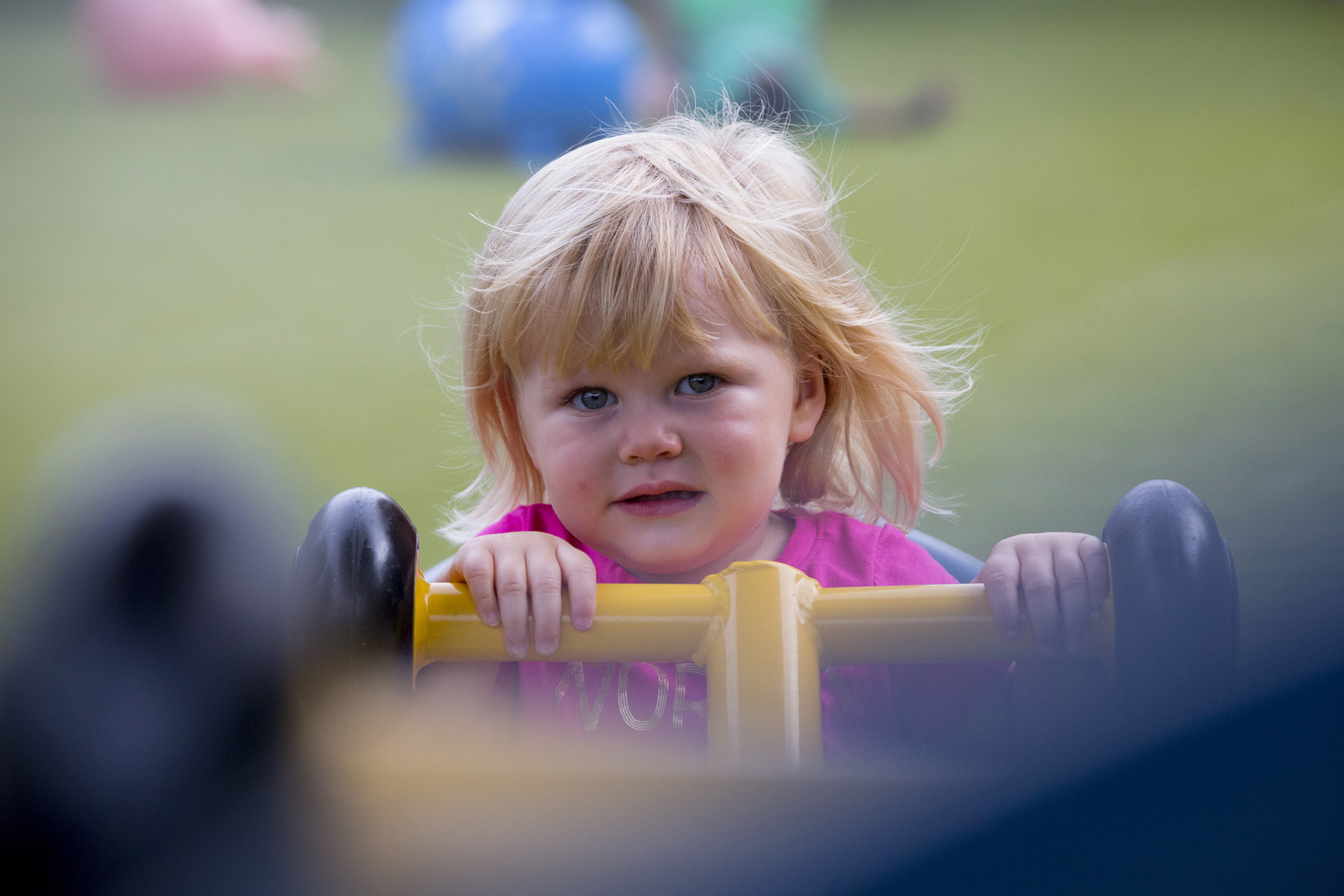Dear Dr. Burgess,
I will soon be going back to work from parental leave after the birth of my daughter. The thought of turning her over to strangers makes me anxious. I want to select the best care possible. How can I tell which is best?
~ Childcare Novice
Dear Childcare Novice,
Thank you for sharing your question. Selecting a great care situation for your child is essential and can be time-consuming. Parents most often ask about the number of diaper changes and feedings, but don’t ask the more challenging questions relating to adult-child interactions. Here are some suggestions to make it less challenging to find the best match for your child.
Start early
It will help make the journey less stressful, increase the number of centers you can visit and increase the likelihood of a successful match.
Tone and frequency of adult-child interactions[
Look for centers or homecare in which teachers spend a good deal of time talking to / interacting with the children in their care. Plenty of eye contact, talking, singing, and playful back-and-forth between adults and children, and a positive and supportive tone in the teacher’s voice – all of which are important, even for a young infant. Ask about policies or typical patterns regarding the length of time a child can cry before being picked up and the average length of time between adult-child interactions.
Teacher-to-child ratios
Use your state’s guidelines to make sure the care situation is within the recommended ratio – for example, 1:4 (one adult for four infants) for most infant rooms.
Kind and knowledgeable staff
Look for a care situation that feels positive to you. Adults should be kind, relaxed, and proactive in dealing with children and their parents. They should be knowledgeable about the center’s policies and standard procedures and basic child development for the ages of children in their care.
Clean and safe facilities
It feels like this one should go without saying, but you would be surprised at the number of things you can tell about a care facility based on its state of cleanliness and safety.
Books and toys
Make a point of noticing if there are plenty of books and safe toys available and watch for adults reading to children in the center when you visit. Daily storytimes are an important part of any good care facility. A room devoid of books, toys, and things to explore is a boring atmosphere and can lead to frustration in children.
Large, open spaces
Although not the most important factor, large rooms with open layouts will allow toddlers the freedom to move around without getting into each other’s way and tend to make for less stressful environments when the room is full.
Finally, I know it can be nerve-racking to send your infant or toddler to school. Take heart in knowing that the largest, most comprehensive study of early child-rearing and care provided strong evidence that children reap several intellectual benefits from the stimulating environments in good quality care settings. The same study showed no adverse effects of care on children’s behavior nor the relationship between children and their parents. Transitioning your child to care is likely to be harder on you than it is on your child.





 Relevant Exhibits & Programs
Relevant Exhibits & Programs



 Groups Today:
Groups Today:
